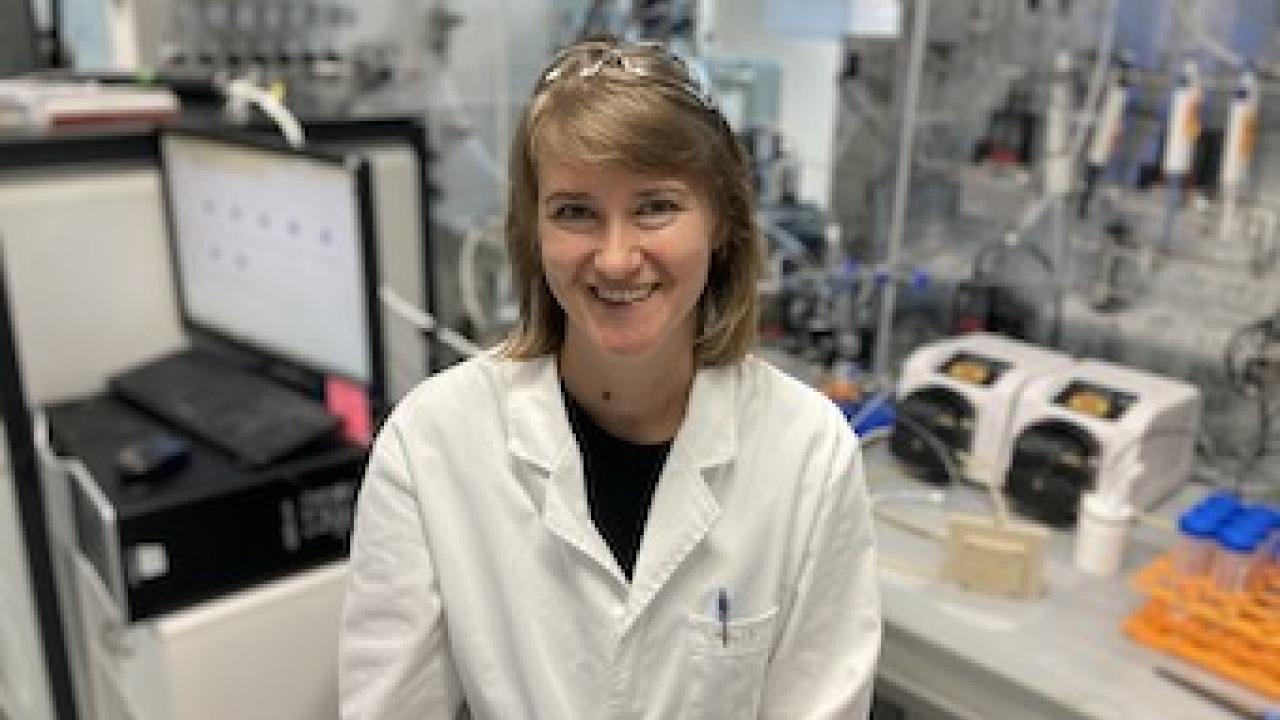To avoid environmentally and economically devastating climate breakdown, quick action to reduce greenhouse gas emissions is essential. However, the dependence of the world economy on products derived from fossil fuels is a major obstacle, hindering our progress towards an emissions-free future. At present, the chemical industry is responsible for around 15% of industrial carbon dioxide (CO2) emissions. For as long as economies continue to depend on fossil fuels, these emissions will remain a harmful by-product.
A promising mitigation pathway is to use CO2 emissions as a production feedstock and convert it back to the necessary chemical products by means of Carbon Capture and Utilization (CCU) technologies. CCU not only enables re-using of CO2 instead of its underground storage, but also reduces the need for extraction of fossil fuels. Despite the tremendous potential of CCU to prevent CO2 emissions, large-scale deployment has so far not happened, mainly due to unfavourable process economics and the need for establishing a new supply chain underpinning CO2-based manufacturing.
A recent paper, published by Dr Magda Barecka, Professor Joel Ager and Professor Alexei Lapkin in Energy & Environmental Science, proposes a solution that addresses the above limitations and showcases an economically viable way to implement CO2 conversion reactors through their integration into an existing chemical production process. This technology does not require new plants and factories to be built – it can be retrofitted into existing chemical plants, thus not competing with mature methods for bulk chemicals production.
The recycling concept is based on use of an electroreduction reactor, where CO2 is converted to useful chemicals, e.g. ethylene. Although this technology can be applied to any plant that produces CO2, using concentrated CO2 streams is most economically viable so that costly procedures are not required to separate CO2 out from flue gas streams. For this reason, the researchers have chosen to retrofit a chemical production process, where such a concentrated CO2 stream is already available: ethylene oxide (EO) manufacturing. Currently, EO plants frequently vent this pollutant stream to the atmosphere, and the proposed technology instead enables conversion to ethylene. . This bulk chemical is used as raw material for EO production, meaning that the products of CO2 electrolysis can be used directly at the same plant, minimizing both the direct CO2 emissions and requirement for petrochemical feedstocks.
These findings demonstrate how exploring the synergies between the established and emerging process can accelerate the decarbonisation of the chemical industry, and that more sustainable chemical production methods can be economically viable in the current market. Furthermore, as CO2 conversion reactors are powered by electrical energy, CO2-to-chemicals process can be used to utilise surplus renewable energy and support its further integration into the grid.
The authors of the paper are part of Cambridge Centre for Advanced Research and Education in Singapore (Cambridge CARES) eCO2EP project, which aims to develop ways to transform CO2 emitted as part of industrial processes, into compounds that are useful in the chemical industry supply chain.



